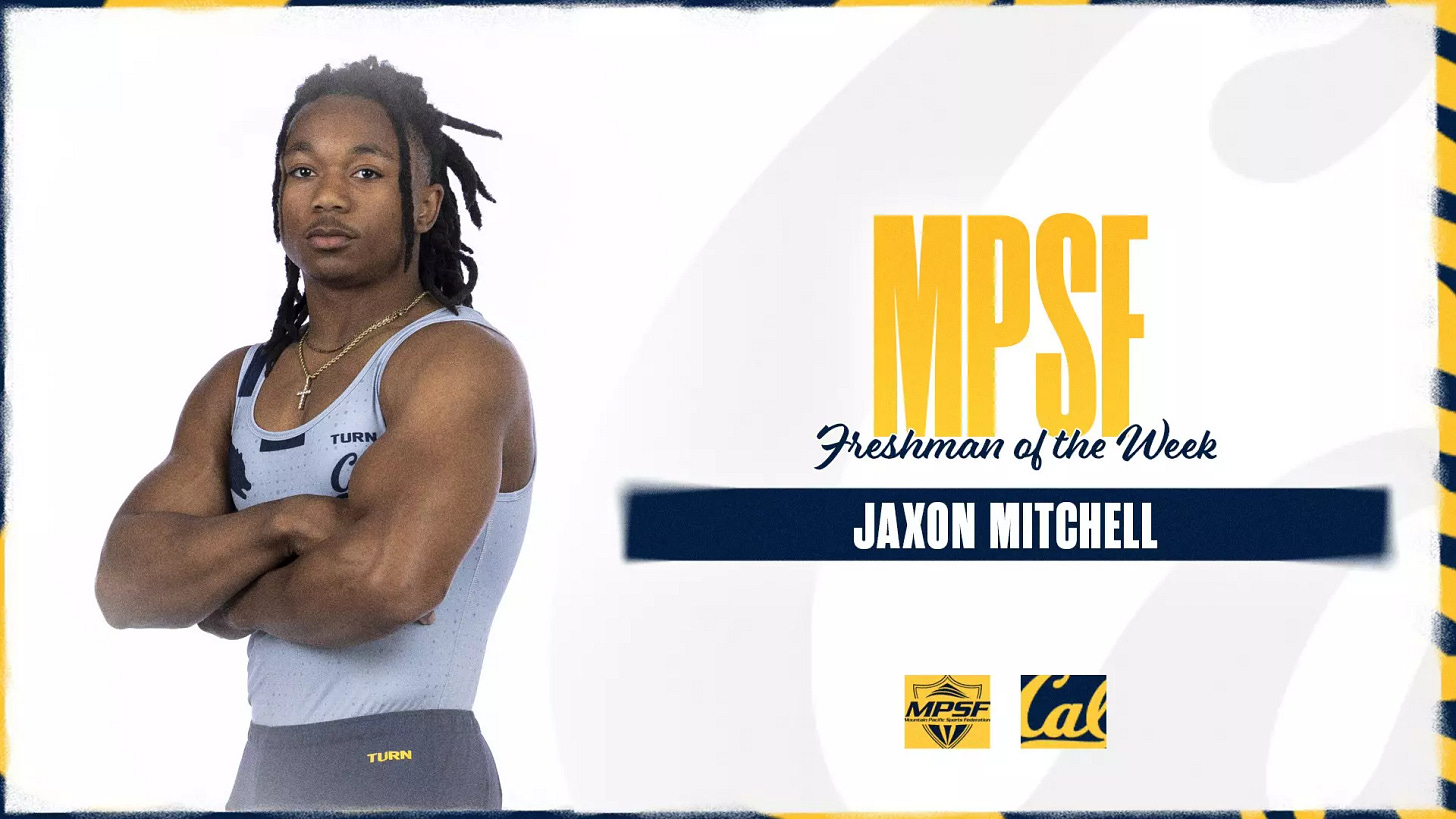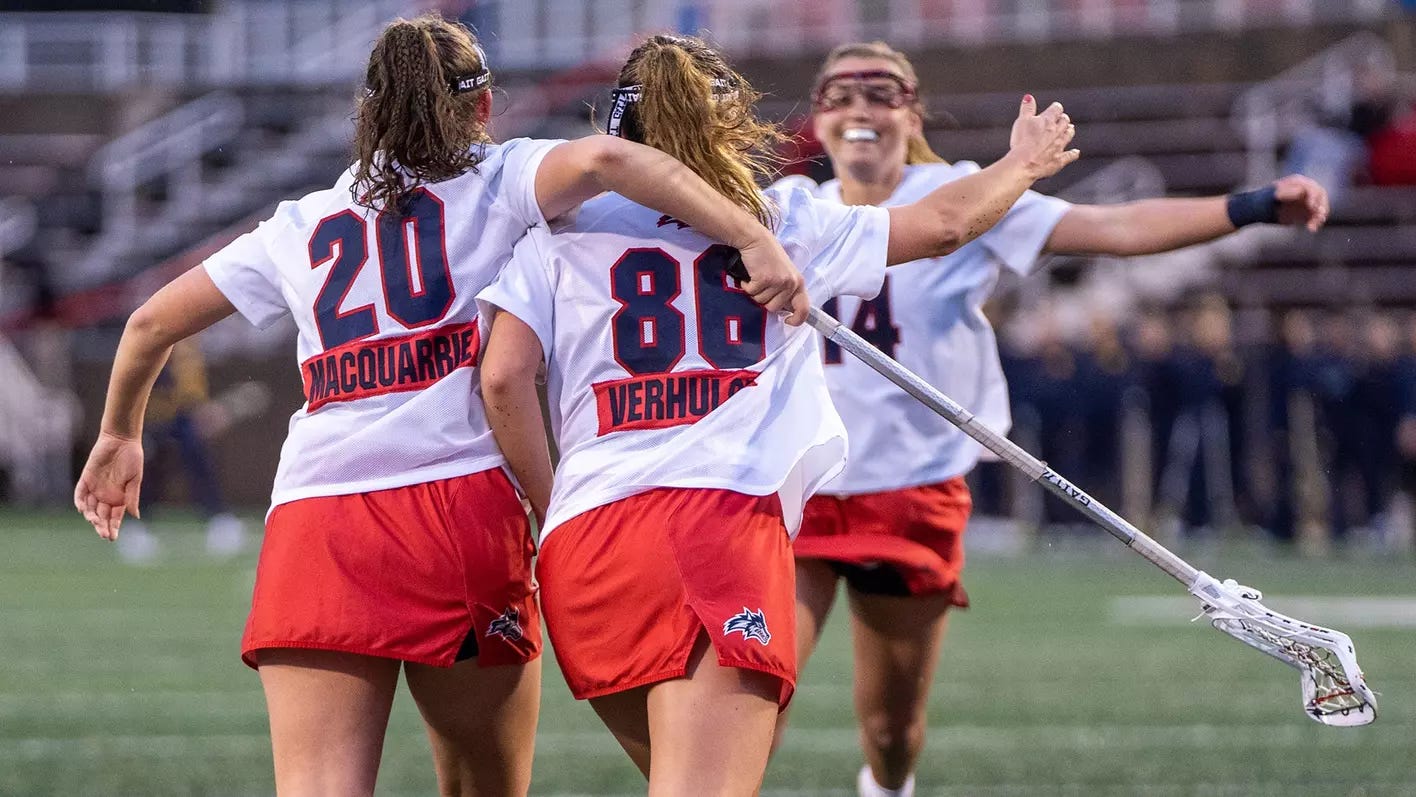The Mountain Pacific Sports Federation - The Olympics Sports League That Could Save College Sports
The Mountian Pacific Sports Federation (MPSF) is a small league that has been in operation since 1992. The purpose of the MPSF is to provide an inexpensive, high-quality league for Olympic sports teams to compete in; and, in recent years, it has gained serious momentum. Since its launch, the MPSF has grown to sponsor 11 sports, and they expect to continue to add more as the college sports landscape continues to shift and realign. For example, when USC and UCLA announced that they would be moving to the BIG Ten, their Beach Volleyball program’s had to find new homes because the conference doesn’t sponsor beach volleyball at all. USC’s beach volleyball coach chose MPSF as their programs new home. Despite having a very small amount of funding, the MPSF has succeeded through a different business model that could save college sports as a whole.
The MPSF doesn’t receive D-I conference funding from the NCAA because it is considered a sport-specific conference rather than a school-specific one. As a result, the conference’s resources are incredibly lean, with only six listed employees and annual revenues of just less than $700,000. Nonetheless, the MPSF continues to grow through their business model that is centered around sports-specific sponsorships to fund their leagues.
In the past few years, major brands that work in the Olympic sports space such as Speedo have expressed interest in the league, and they have served as the funding to keep the MPSF leagues afloat. And now, The MPSF is working on negotiating media-rights packages which will only enhance the league’s momentum.
To date, it is football-driven realignment decisions that has helped the MPSF’s growth. However, the House Settlement - which would pay former athletes around $2.8 Billion in backpay and set up a revenue-sharing system - will have an even greater impact as it may force schools to shutdown some of their sports programs altogether. Revenue-sharing is great for college sports. It rightfully allows athletes to be paid money that they have earned. However, it will hurt smaller sports programs which were funded through the revenue created from big Football and Basketball programs. Now, that revenue will stay in those sports, resulting in less money available to fund other sports programs.
However, the MPSF business model could serve as a framework for other leagues around the country to help keep some of our smaller college sports programs alive through a) sports-specific sponsorships, b) local funding and media deals, and c) low costs. Beyond sport-specific sponsors helping fund the leagues, the MPSF stays local to the California area which allows its sports, which generate limited revenue, to stay local - helping with travel costs and the athlete experience. In addition, it allows the league to focus on its community to build business opportunities that help keep competition fees low, and even send extra money back to teams in the league.
This model could be done all across the country, in different areas, with different sports. For example, a sport like Women’s Lacrosse that is relatively expensive and regional (with extreme popularity on the east coast) could thrive in a league run on the MPSF model. A Women’s Lacrosse league, for example, could be sponsored/funded by companies like Gait Lacrosse - a lacrosse company that provides all the equipment and apparel necessary to field a team. Moreover, the vast amount of competitive girl’s lacrosse teams throughout the east coast states could field highly competitive divisions created based on travel and proximity (not the school’s over-arching conference) which, in turn, could potentially yield local media deals that help bring more funding to the sport.
As the NCAA continues its trend towards a pure pay-for-play and/or employee-based system, the college sports landscape will continue to shift. As a result, more programs will need to look for new homes or new ways to keep their sports alive. The MPSF provides a home for these programs under a business model that works, and could work, for other regions and/or specific sports looking to keep their programs afloat through this tumultuous time. Although the outlook for our forgotten sports may look bleak today, leagues like the MPSF provide hope that they can survive.








